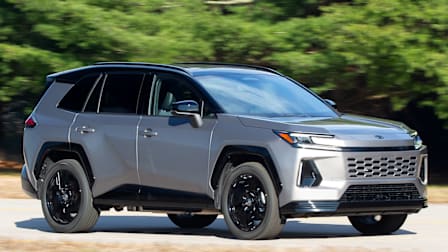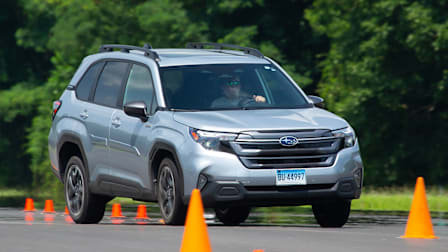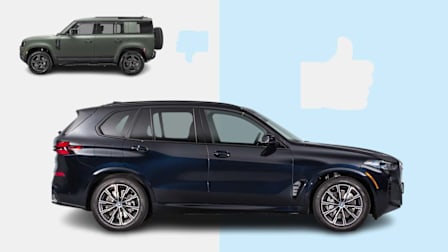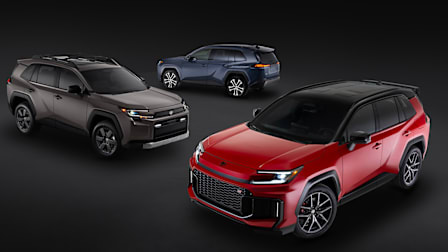Preview: 2026 Subaru Trailseeker Is a Bigger, Better Solterra EV
It's not a class leader on range or charging speed, but the Trailseeker benefits from a versatile size and standard AWD

The all-new Subaru Trailseeker is a larger version of the current Solterra EV—over six inches longer and nearly an inch taller. The Trailseeker promises more cargo space as well as standard all-wheel drive.
- 2026 Subaru Trailseeker: CR's Take Outside Inside What Drives It Safety and Driver Assistance Systems
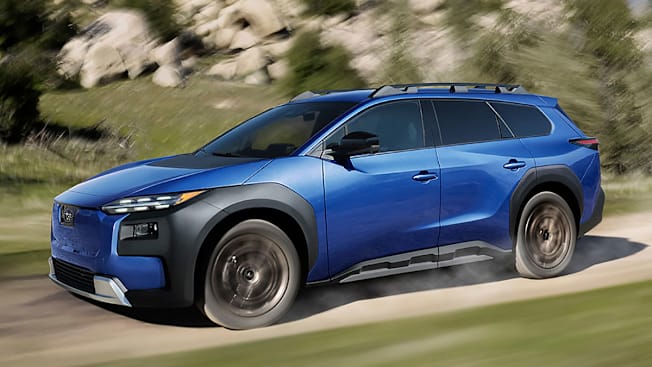
Photo: Subaru Photo: Subaru
CR's Take
The Subaru Solterra, co-developed with Toyota and nearly identical to the Toyota bZ4X, started off as a lackluster EV that struggled in our reliability and owner satisfaction ratings.
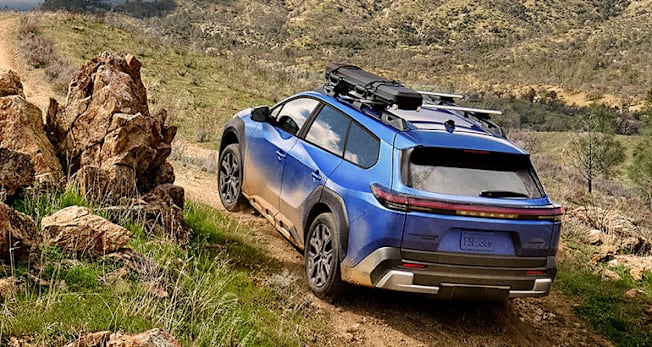
Photo: Subaru Photo: Subaru
Outside
Beyond its extra height and length, there’s not much else to say about the Trailseeker’s appearance. The side profile is much more wagonlike than the Solterra, kind of like a chunkier Toyota Crown Signia. The front gets distinct headlights and an illuminated Subaru badge, and there’s a cover for a tow hitch at the rear. We think the plastic cladding around each front wheel arch is better integrated into the overall design than the current Solterra. Buyers can choose from 18-inch or 20-inch wheels.
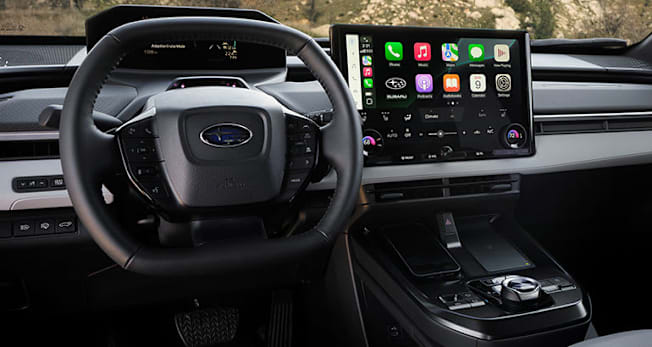
Photo: Subaru Photo: Subaru
Inside
The Trailseeker has a version of the updated Solterra’s Toyota-designed interior. The instrument panel behind the steering wheel is a bit closer to the driver, and the center console is lower and less intrusive, with a wireless charging pad at the top.
The horizontally oriented 14-inch touchscreen looks straight out of a modern Lexus, as do the climate controls. The Solterra’s touchscreen-based temperature selection has been replaced by knobs, just like the ones you’d see in the Lexus NX. Subaru says the Trailseeker’s additional space benefits the cargo area most. We’ll be sure to test its capacity when we purchase one for our vehicle test program.
What Drives It
The Trailseeker’s 74.7-kWh lithium-ion battery powers dual electric motors (one at the front axle, one at the rear) that put out a combined 375 horsepower. Recharging is courtesy of a Tesla-style NACS connector that can be plugged in at Tesla Superchargers, although it will need an adapter for J1772 and CCS plugs.
Every Trailseeker comes standard with an all-wheel-drive system that Subaru says was developed by its own in-house engineers, not as a group project with Toyota. Towing capacity is 3,500 pounds.
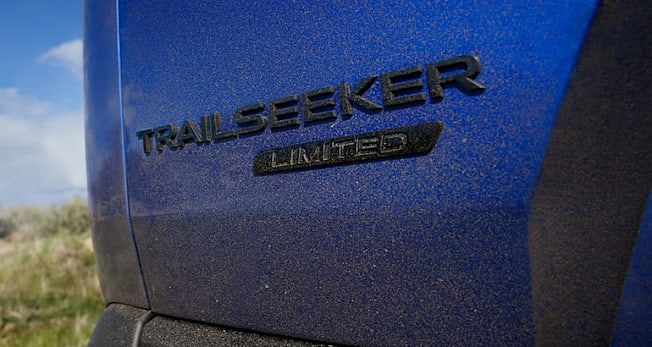
Photo: Subaru Photo: Subaru
Safety and Driver Assistance Systems
An impressive set of features come standard, including Subaru’s EyeSight suite of active safety systems, Front Cross Traffic Alert, a surround-view camera, adaptive cruise control with stop-and-go, lane centering assistance, and Emergency Stop Assist—a new feature that can pull the car over to the shoulder and stop safely if the driver is unresponsive while advanced driving assistance systems are active.

















